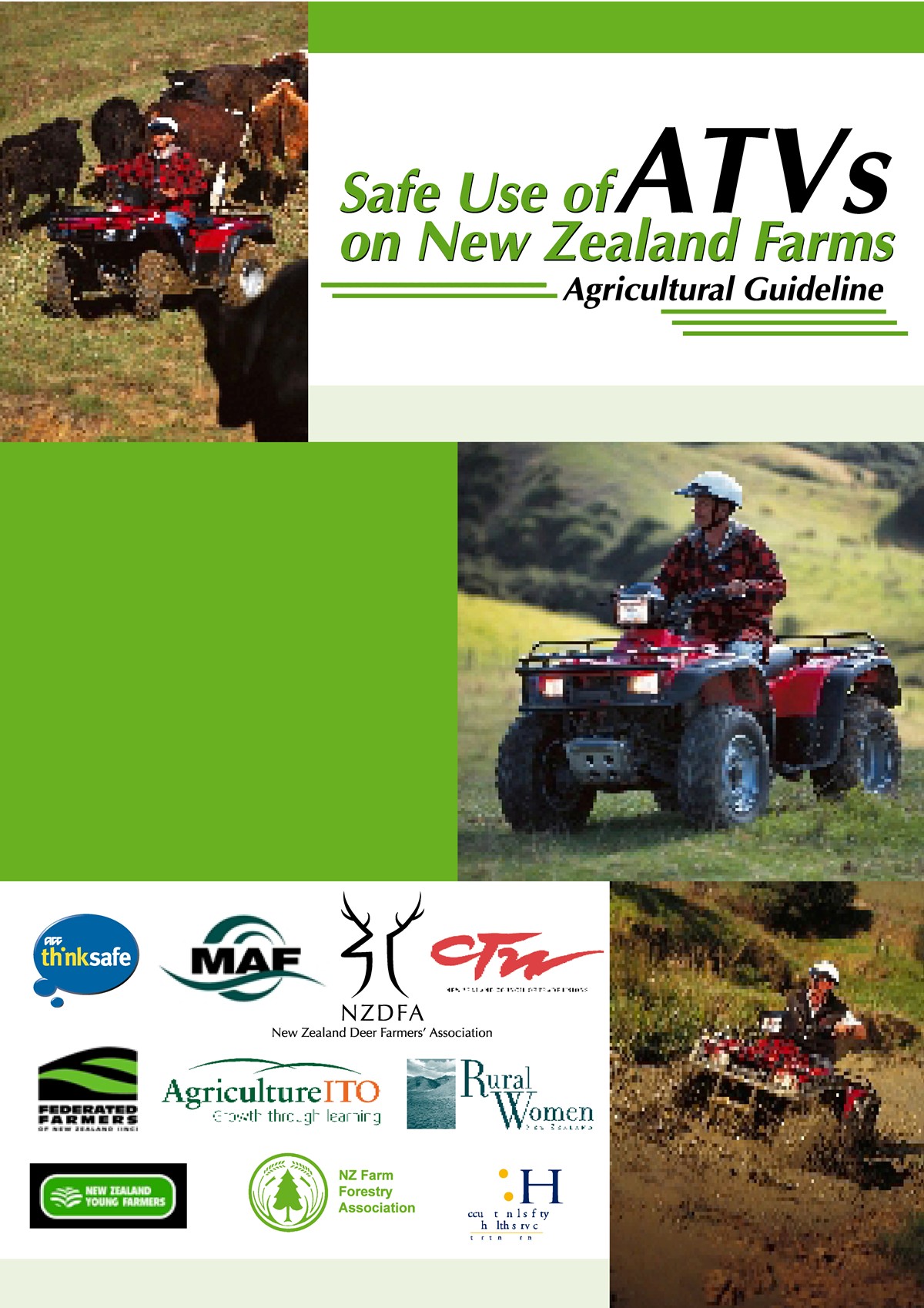Late on 7 December 2010 Safe Work Australia released draft OHS regulations and Codes of Practice for public comment. The documents released are:
- Issues paper
- Model WHS Regulations
- How to Manage Work Health and Safety Risks
- How to Consult on Work Health and Safety
- Managing the Work Environment and Facilities
- Facilities for Construction Sites
- Managing Noise and Preventing Hearing Loss at Work
- Hazardous Manual Tasks
- Confined Spaces
- How to Manage and Control Asbestos in the Workplace
- How to Prevent Falls at Workplaces
- How to Safely Remove Asbestos
- Labelling of Workplace Hazardous Chemicals
- Preparation of Safety Data Sheets for Hazardous Chemicals
According to a Safe Work Australia media release, not yet available online:
“As part of the development of the Consultation Regulatory Impact Statement (RIS), Access Economics on behalf of Safe Work Australia, is surveying businesses across a range of sizes, industries and regions in an effort to obtain data on anticipated compliance costs and safety benefits of the model Work Health and Safety Regulations. Continue reading “OHS harmonisation documents released for public comment”

